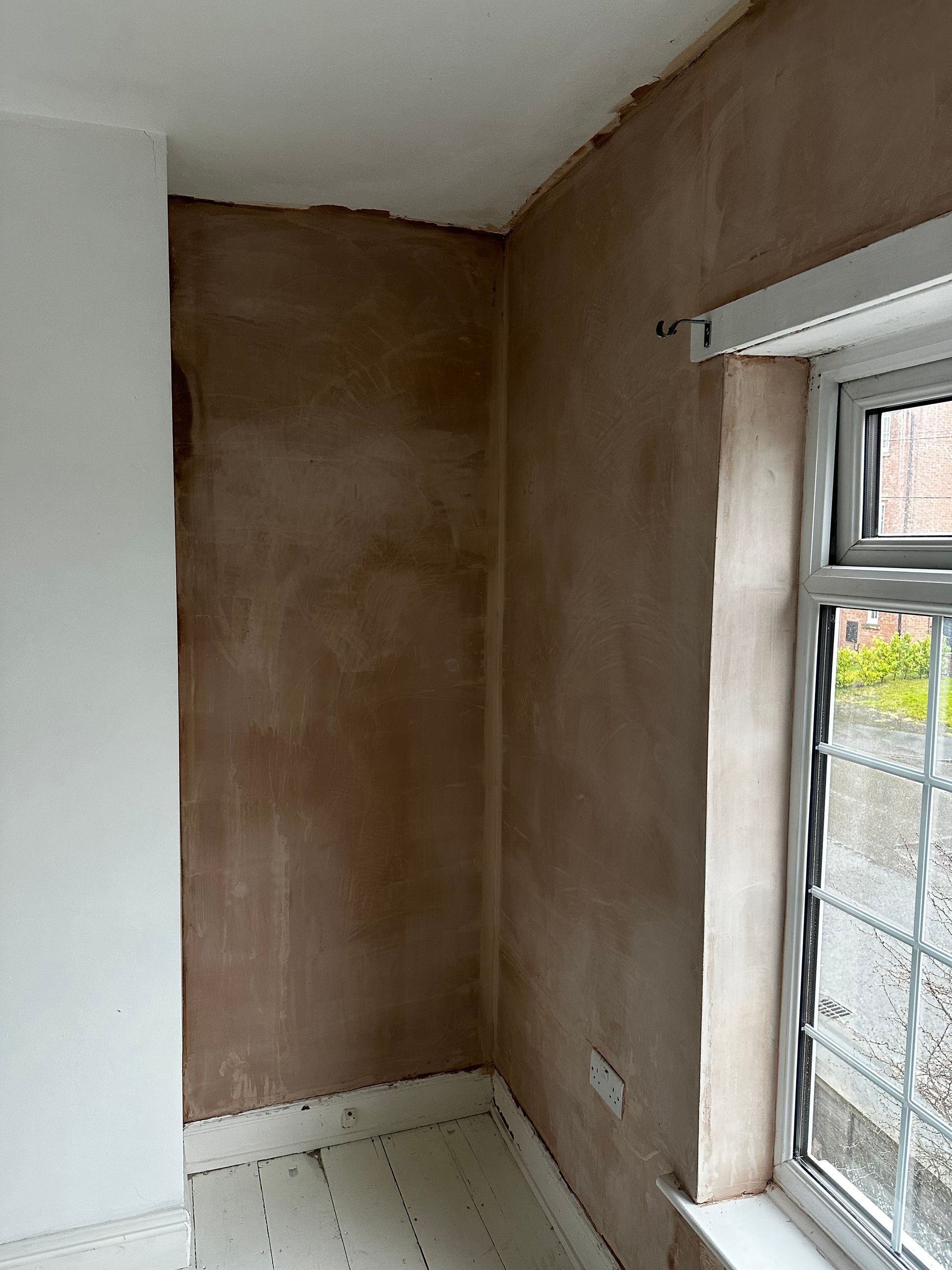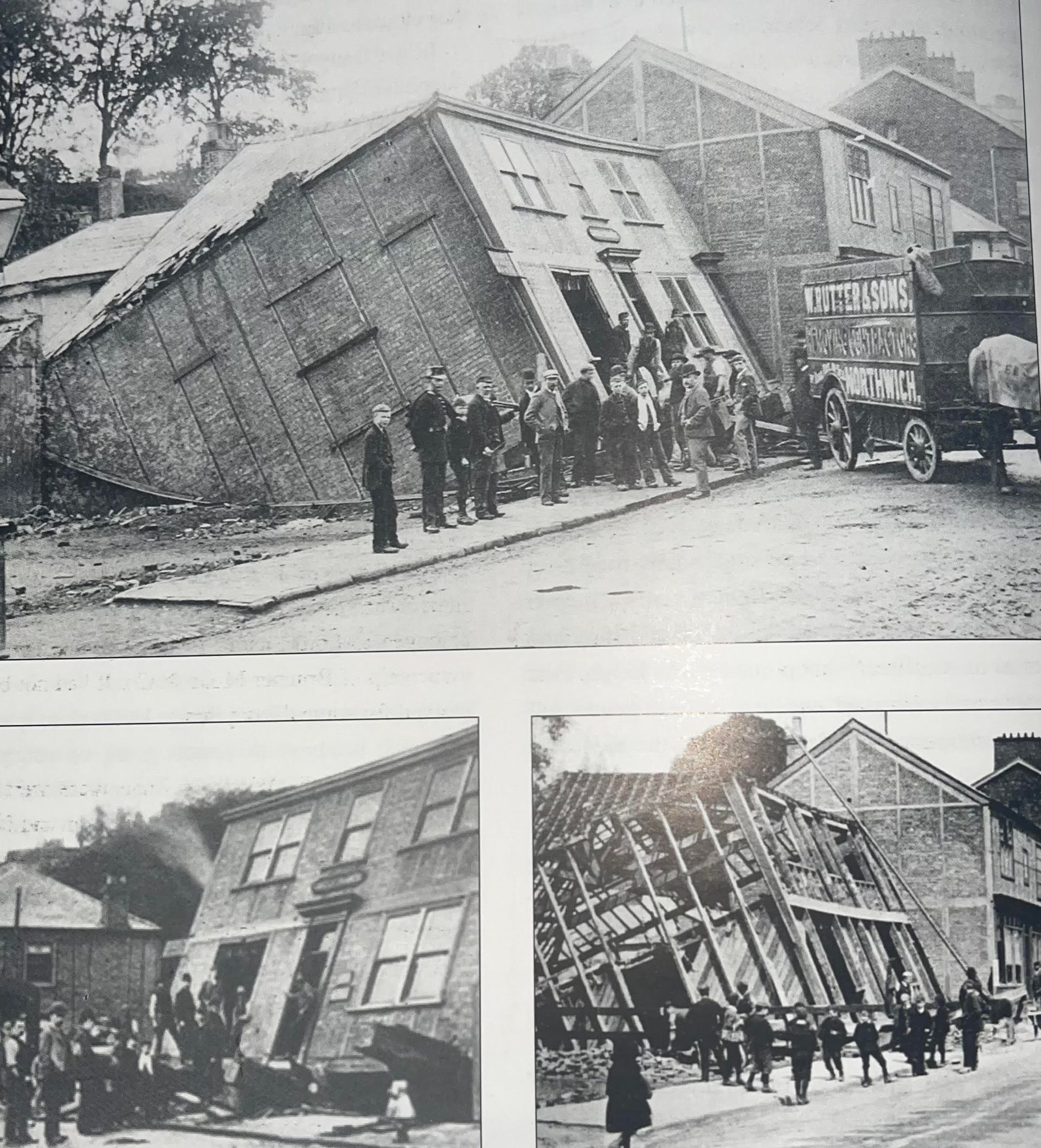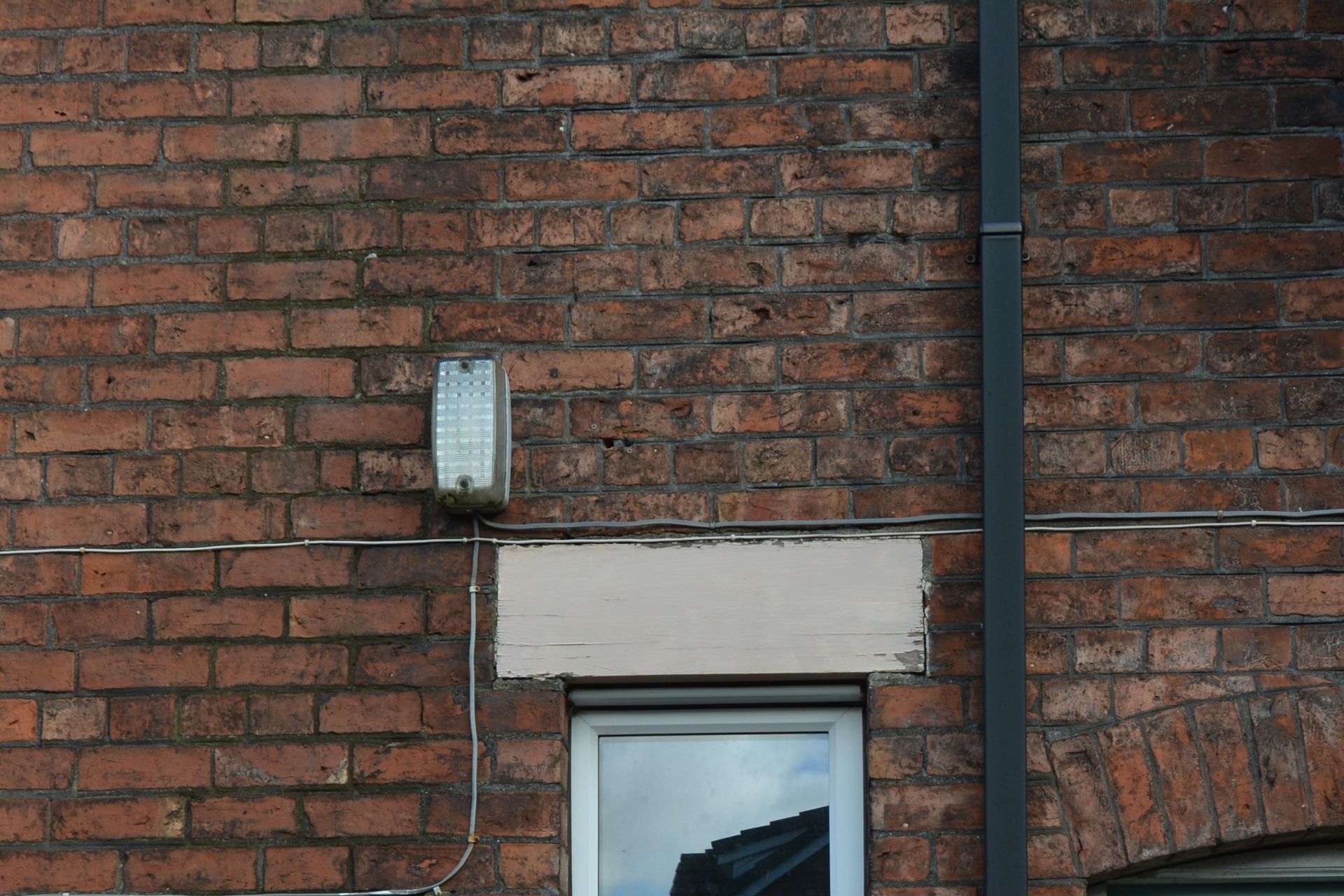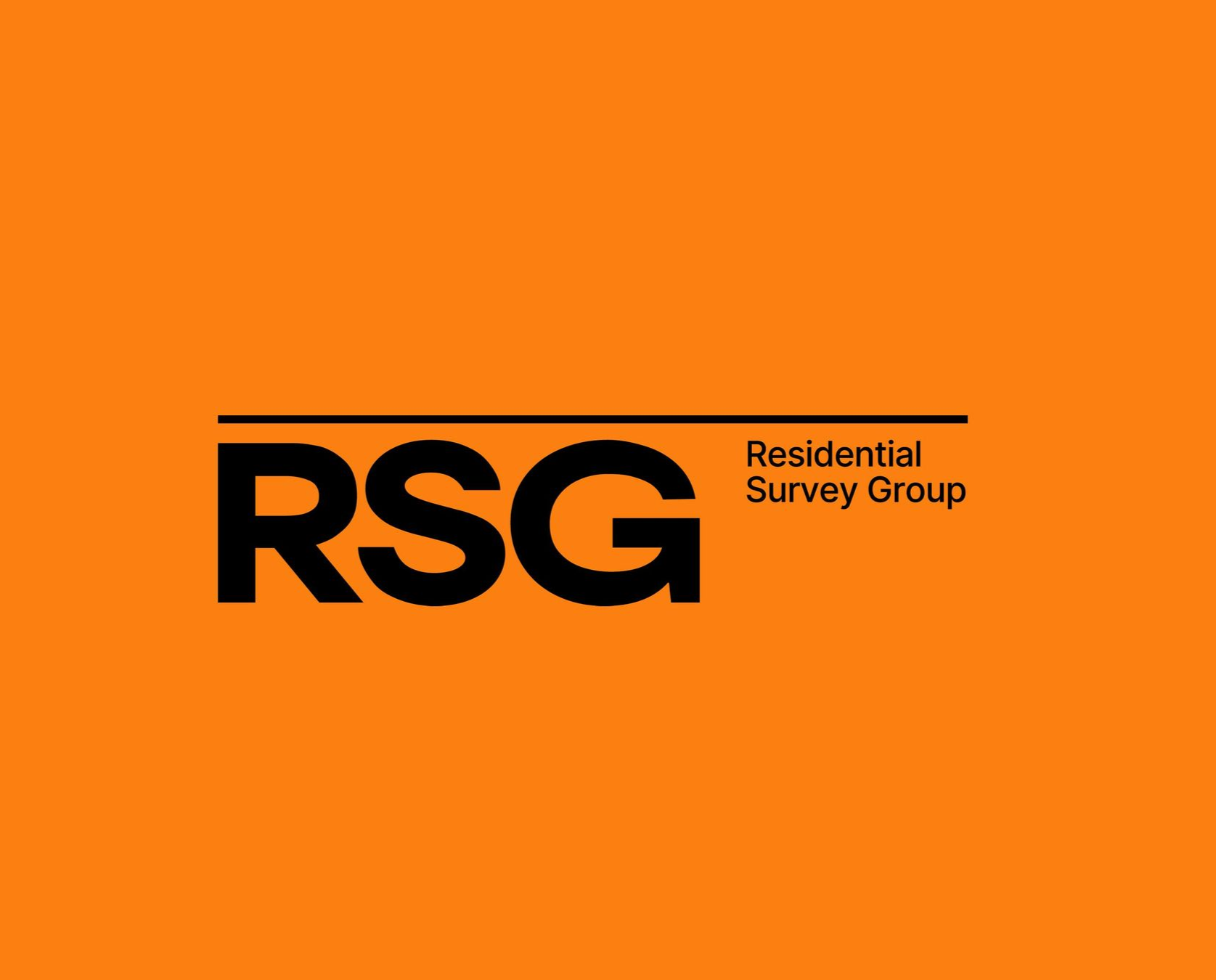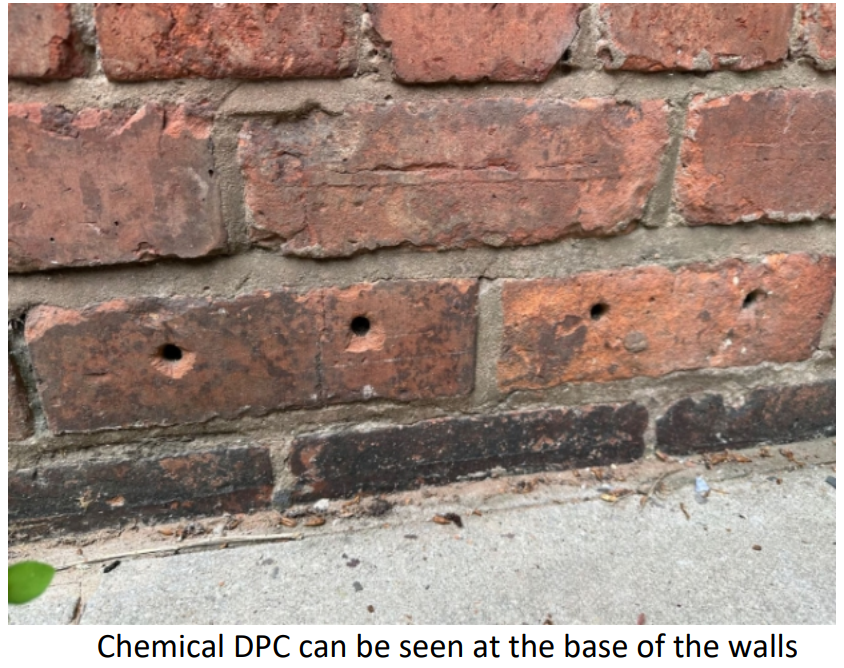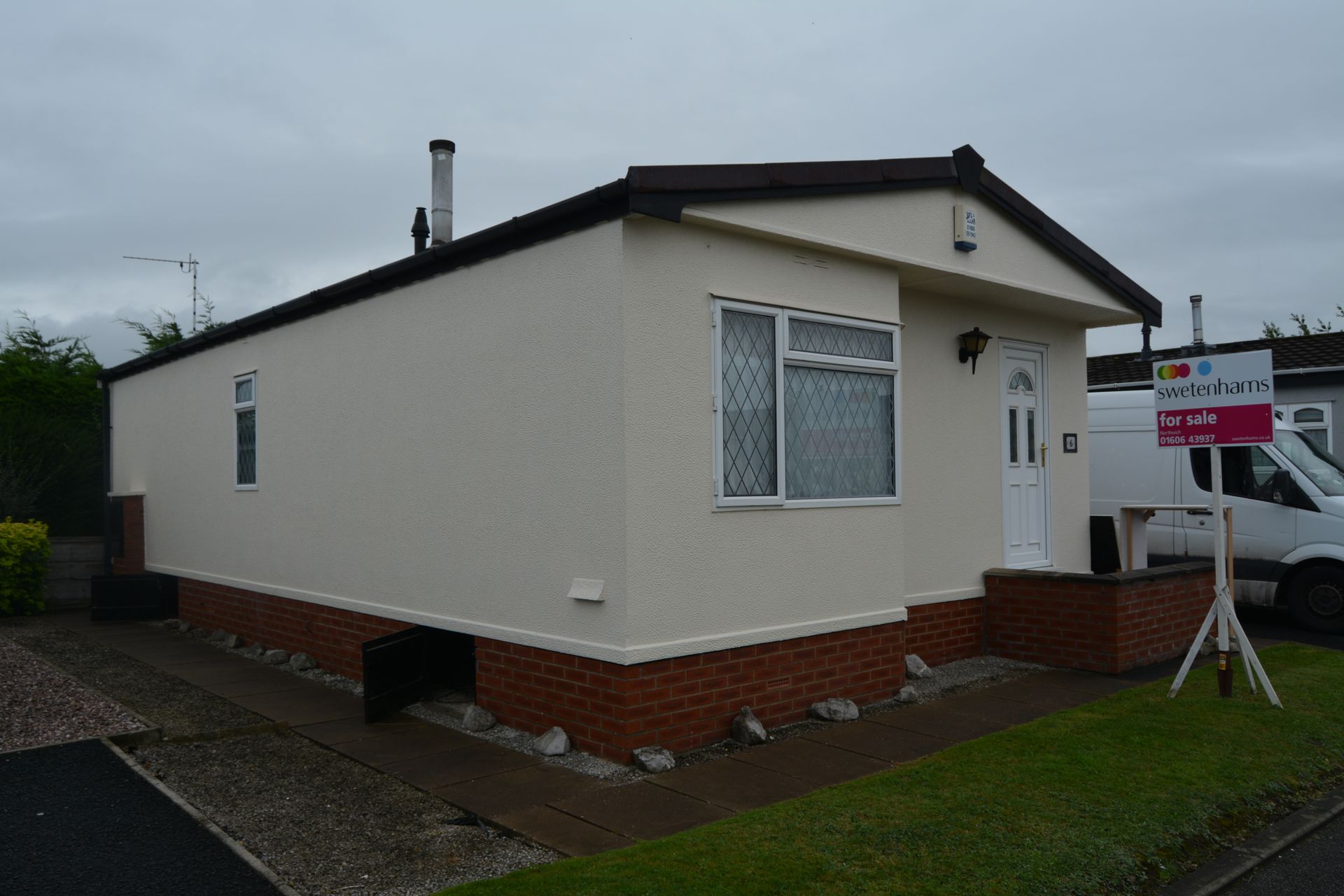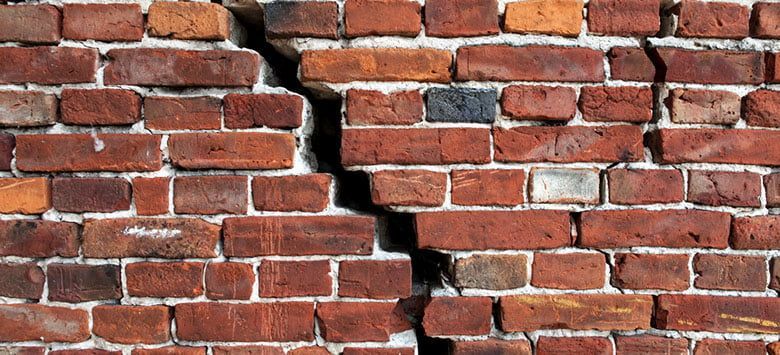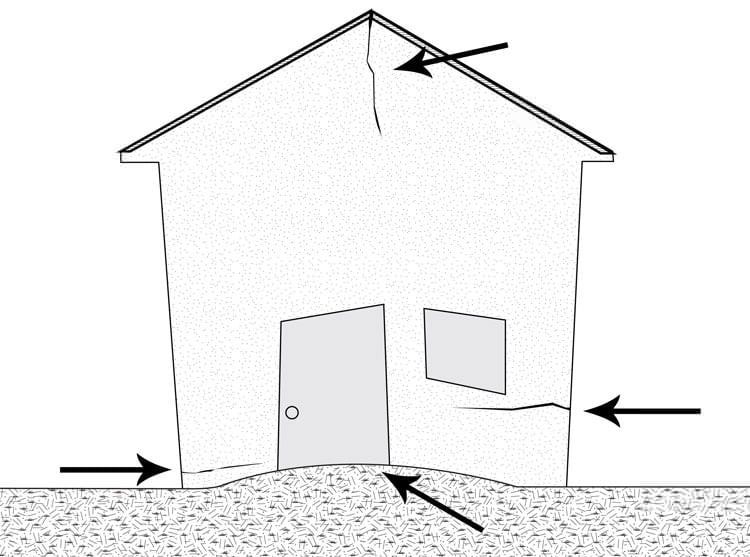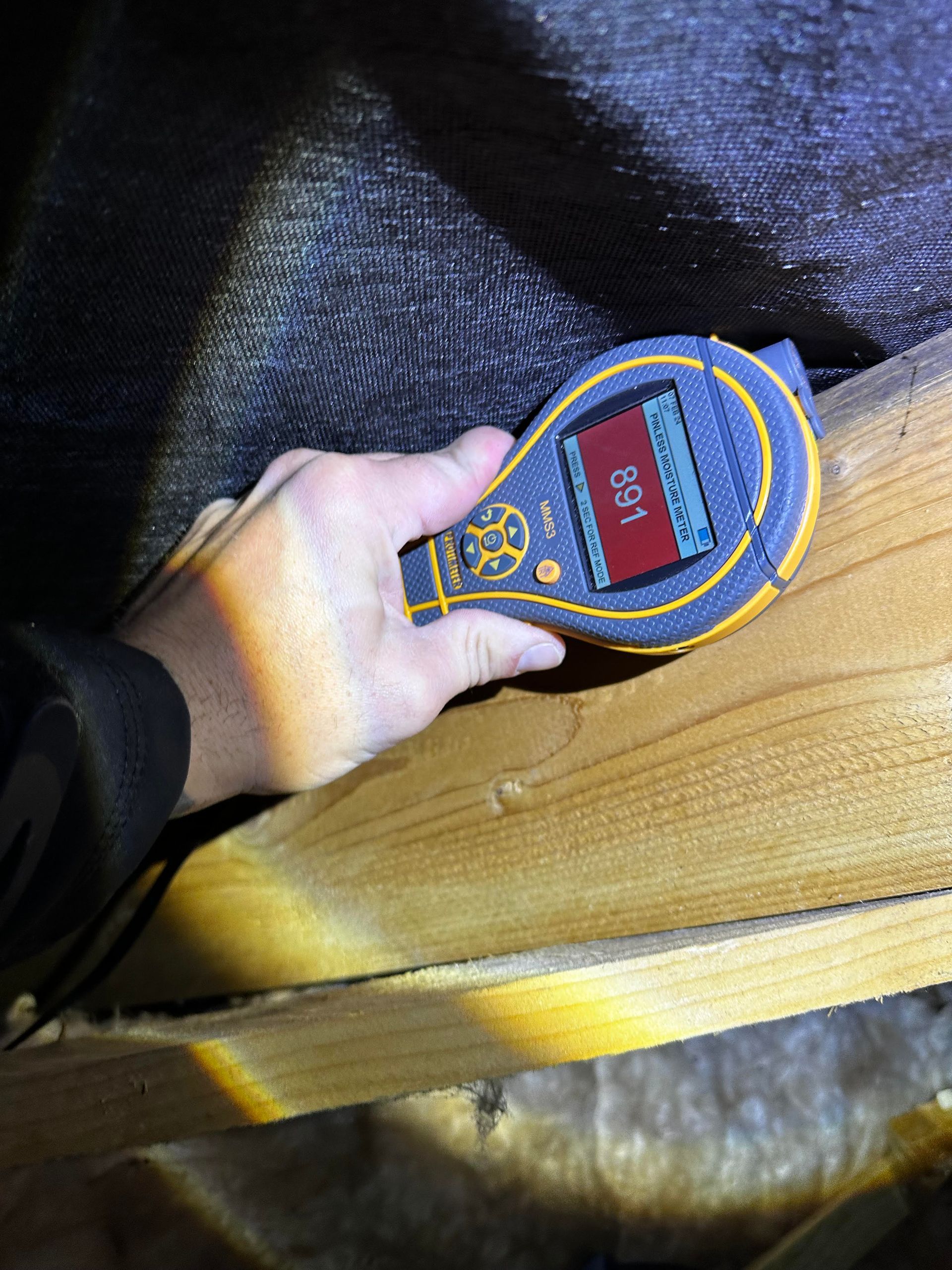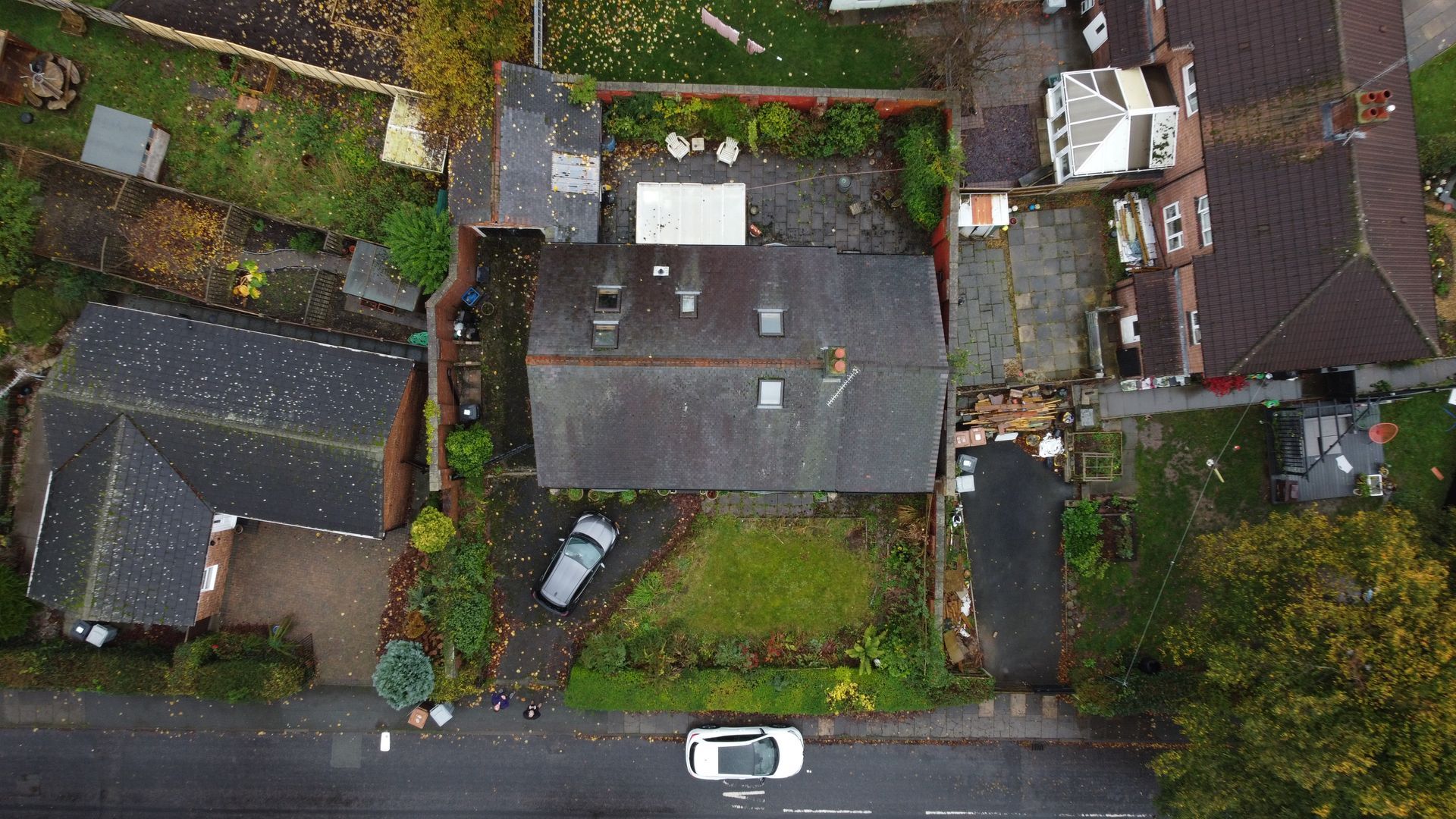Level 2 or Level 3 Survey: Which One is Right for You?
Level 2 or Level 3 Survey: Which One is Right for You?
Level 2 or Level 3 Survey: Which One is Right for You?
If you’re considering purchasing a property in Northwich, Middlewich, Winsford, or the surrounding areas, getting the right type of property survey is essential. At Residential Survey Group, we understand how crucial it is to make informed decisions, and we’re here to help you choose between a Level 2 Survey (Homebuyer Report) and a Level 3 Survey (Building Survey). Below, we break down the key differences to ensure you know which survey suits your needs best.
What is a Level 2 Survey (Homebuyer Report)?
A Level 2 Survey is ideal for properties that are:
- Of standard construction.
- Built within the last 50 years.
- In reasonable condition.
This type of survey provides a detailed analysis of the property’s main elements and highlights issues that require urgent attention or further investigation. Designed for buyers, vendors, or property owners, the Level 2 Survey includes:
- A visual inspection of the building, services, and grounds.
- Clear, colour-coded condition ratings to easily identify issues.
- Photographs and diagrams to support the findings.
- A jargon-free report that avoids unnecessary caveats.
While thorough, it doesn’t go into the same depth as a Level 3 Survey and avoids providing detailed repair advice or cost estimates.
What is a Level 3 Survey (Building Survey)?
A Level 3 Survey is the most comprehensive option and is suited for:
- Older properties.
- Homes that have been significantly extended or altered.
- Large, complex, or high-value homes.
This survey offers an in-depth examination of all visible and accessible areas, including concealed spaces if it is safe to access them. Key features of the Level 3 Survey include:
- Detailed descriptions of materials used and their condition.
- Explanations of defects and how to rectify them.
- Advice on potential future maintenance requirements.
- Approximate repair costs and remedial options.
This level of detail makes the Level 3 Survey ideal for uncovering potential issues in older or unconventional properties, giving you the confidence to proceed with your purchase.
Why Choose Residential Survey Group?
At Residential Survey Group, we pride ourselves on providing unbiased, transparent advice tailored to your needs. Unlike some surveyors, we won’t push you to choose a more expensive, overly detailed report if it isn’t necessary. Our goal is to help you select the survey that is best suited to your property and situation.
Many of our customers have left glowing reviews, praising our honest and professional approach. We believe in delivering exceptional service while keeping your best interests at heart. You can trust us to guide you without pressure, ensuring you make an informed decision.
Serving Northwich, Middlewich, and Winsford
We specialise in helping clients across Northwich, Middlewich, Winsford, and nearby areas. With our local expertise and extensive experience, you can rely on us to provide accurate, high-quality reports that reflect the unique characteristics of properties in this region.
Whether you’re buying your first home or considering a large, older property, we’ll help you choose between a Level 2 and Level 3 Survey with confidence. Contact us today to discuss your requirements and get started.
Ready to Book a Survey?
Contact Residential Survey Group today to schedule your survey or ask any questions. Our friendly team is always happy to help!
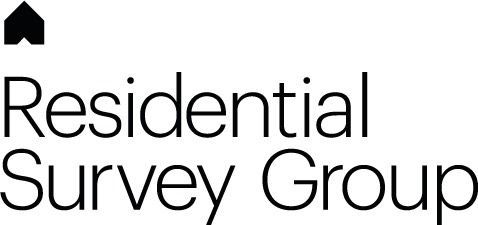
Home Surveys in Northwich, Middlewich & Winsford – What You Need to Know (and What They Should Cost)
